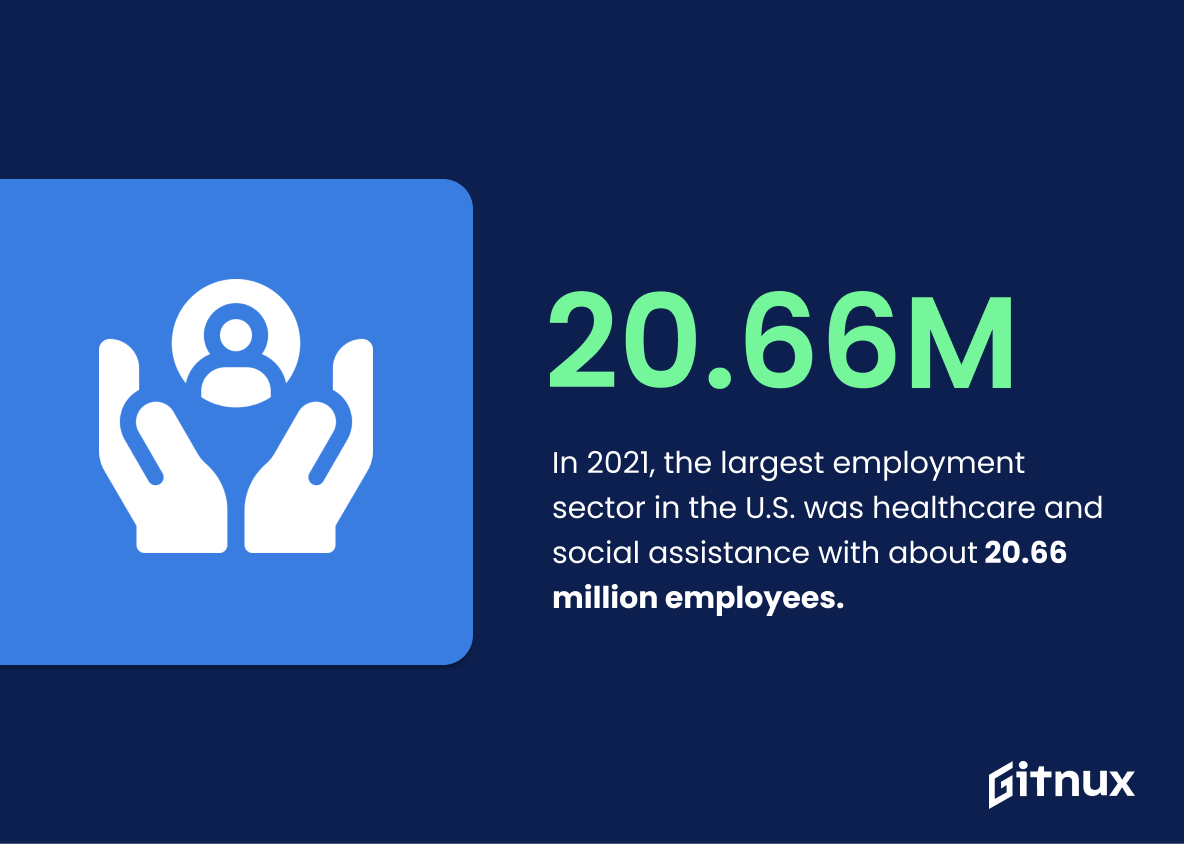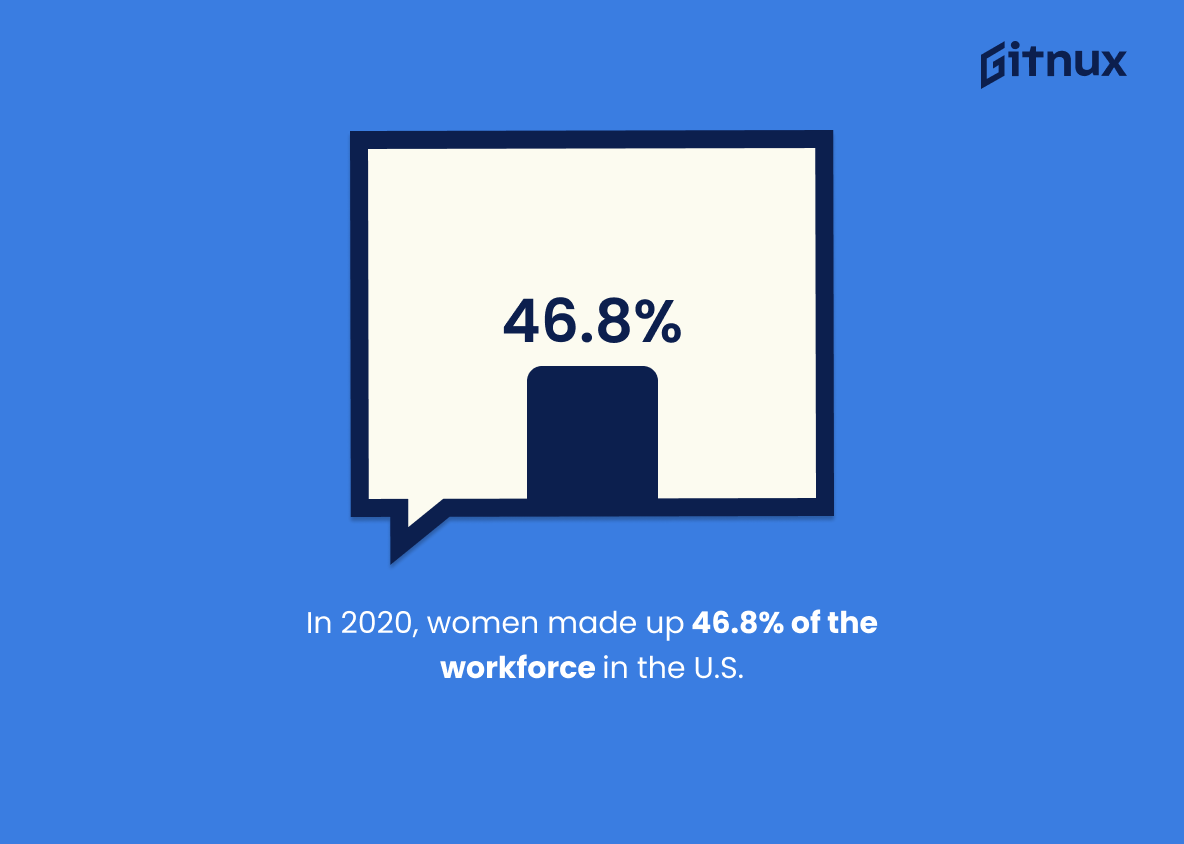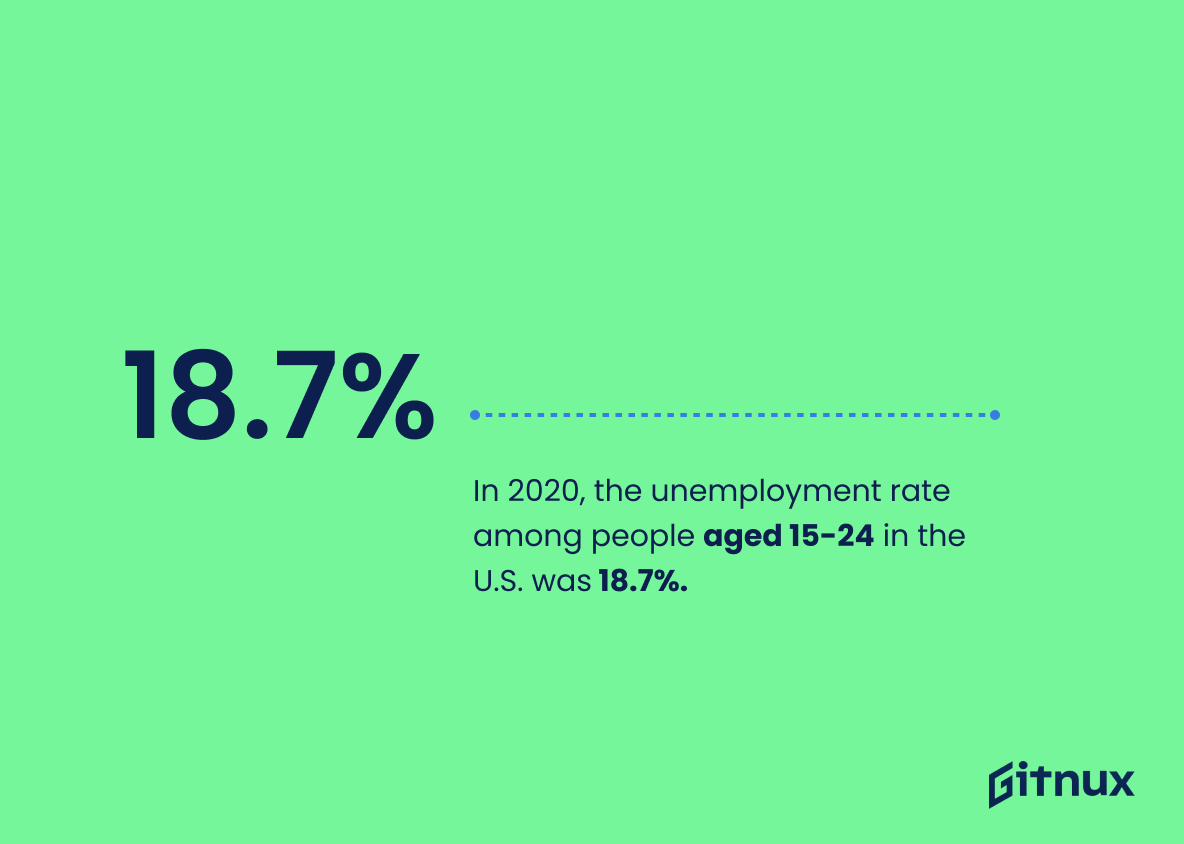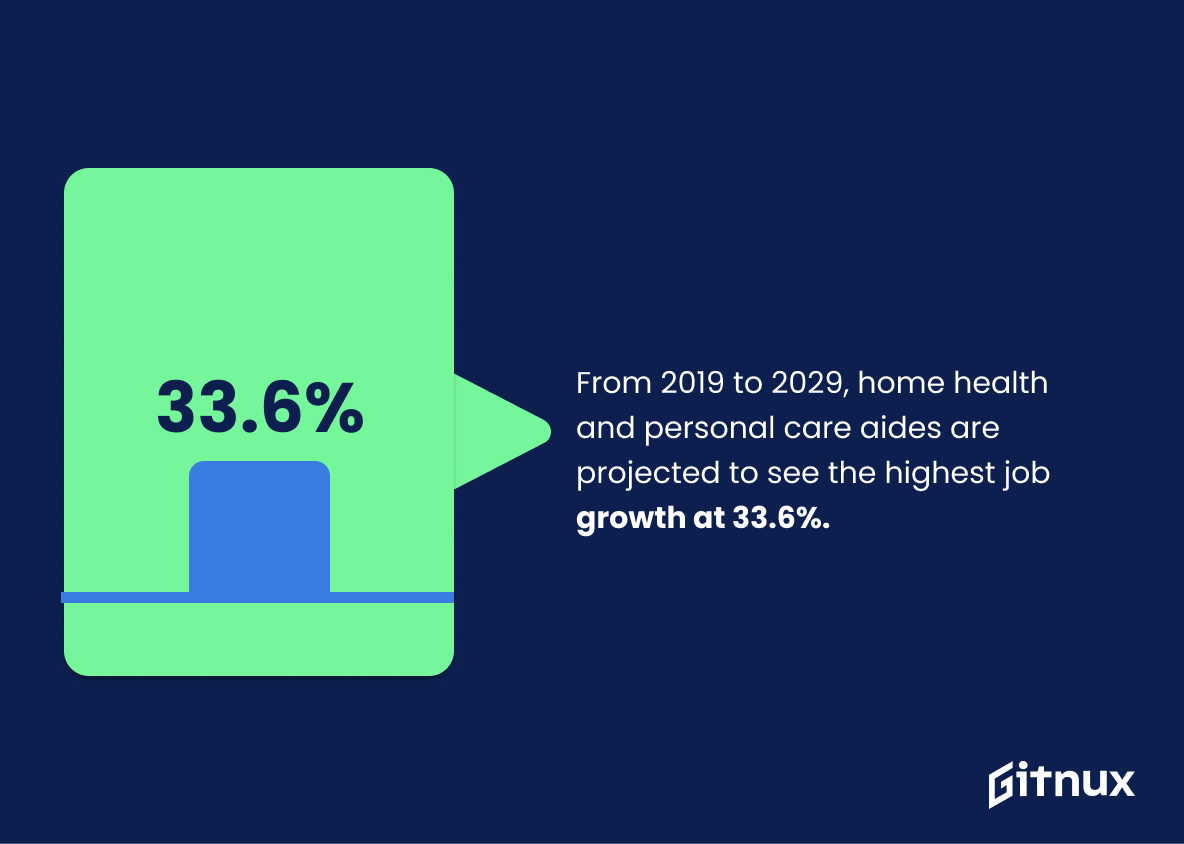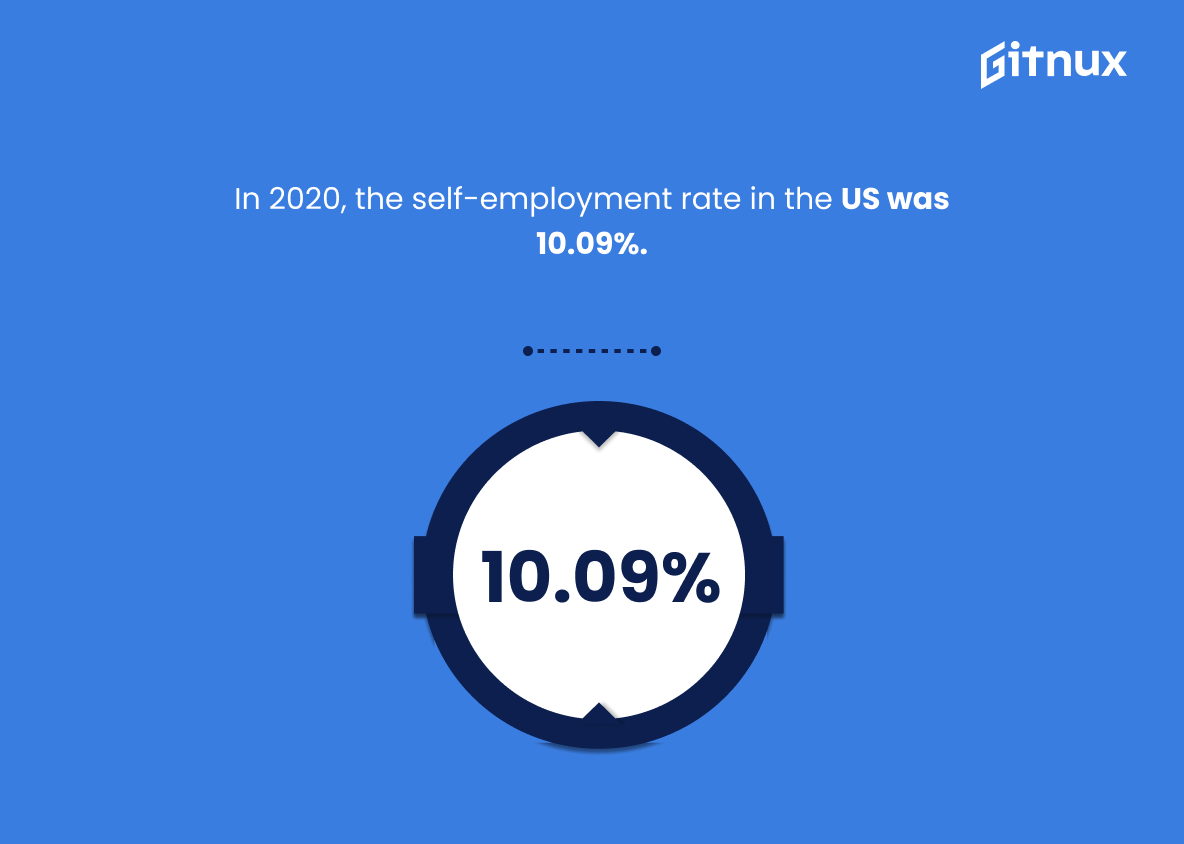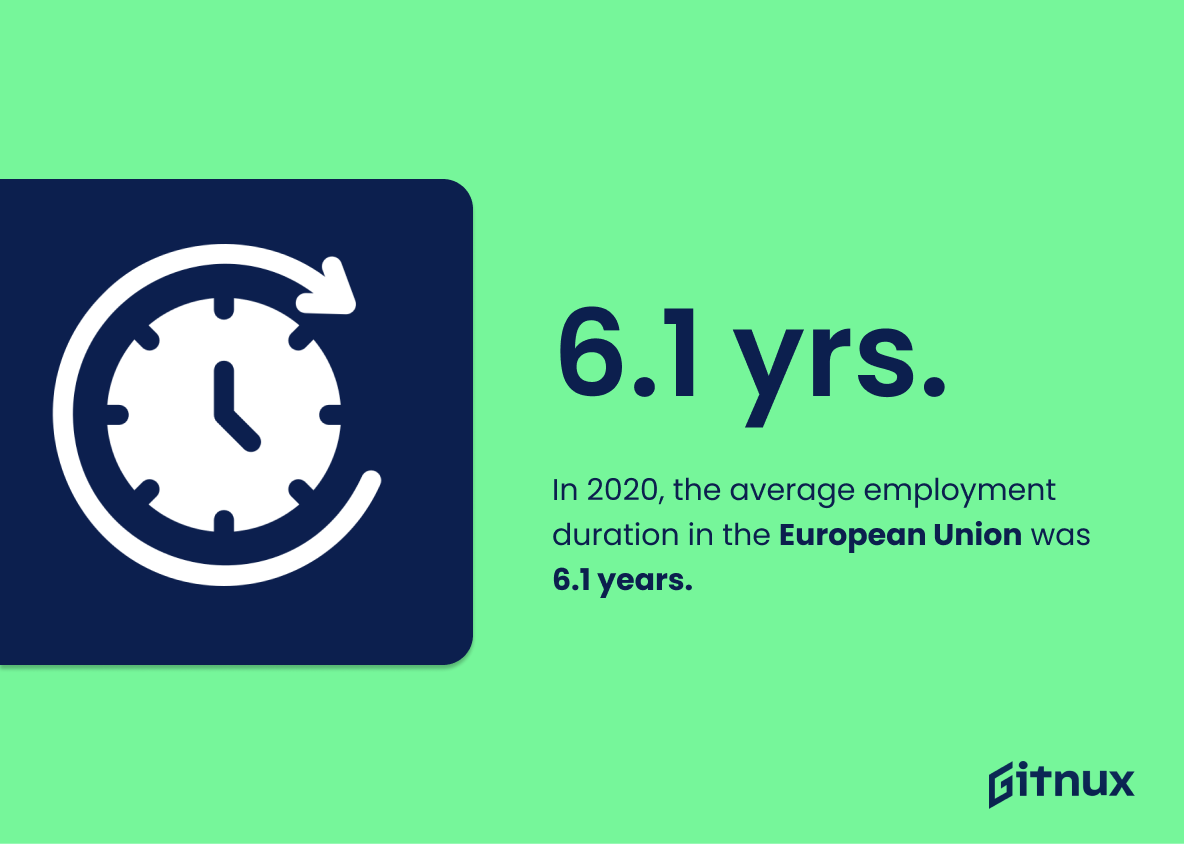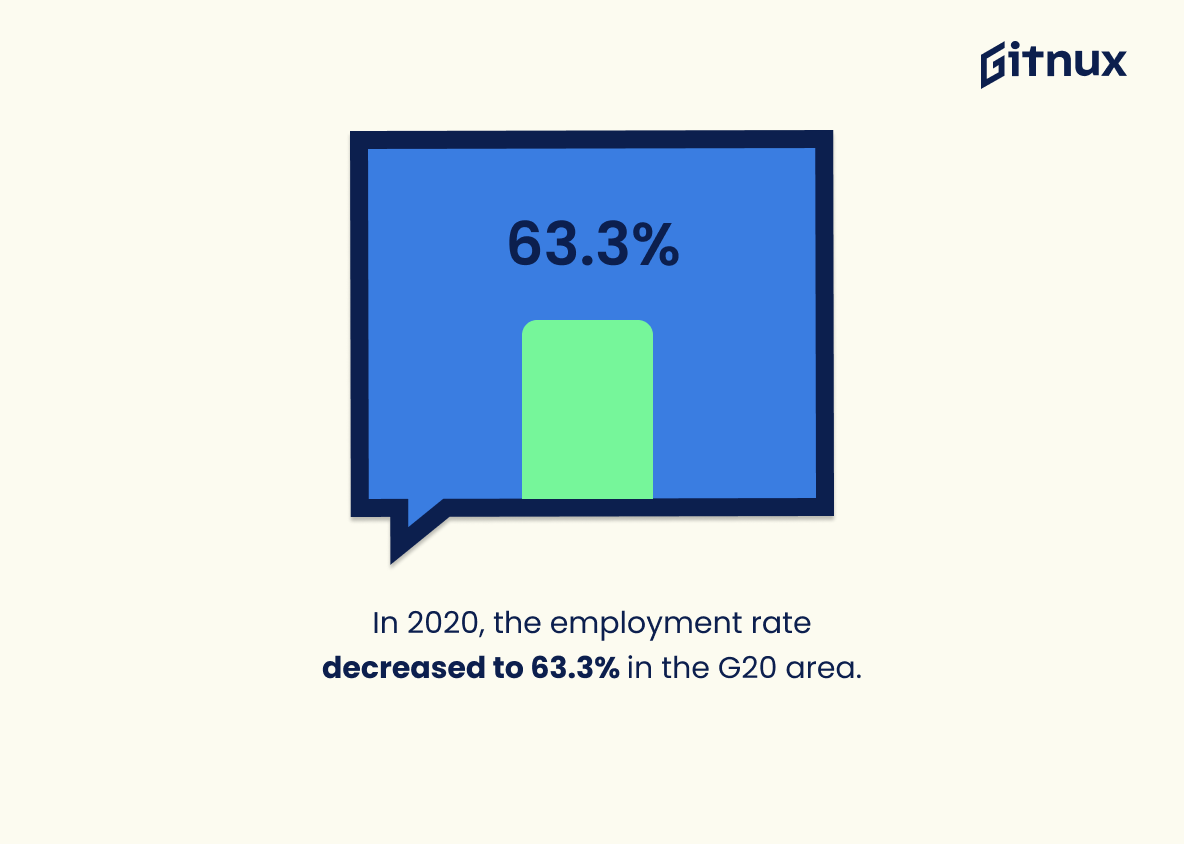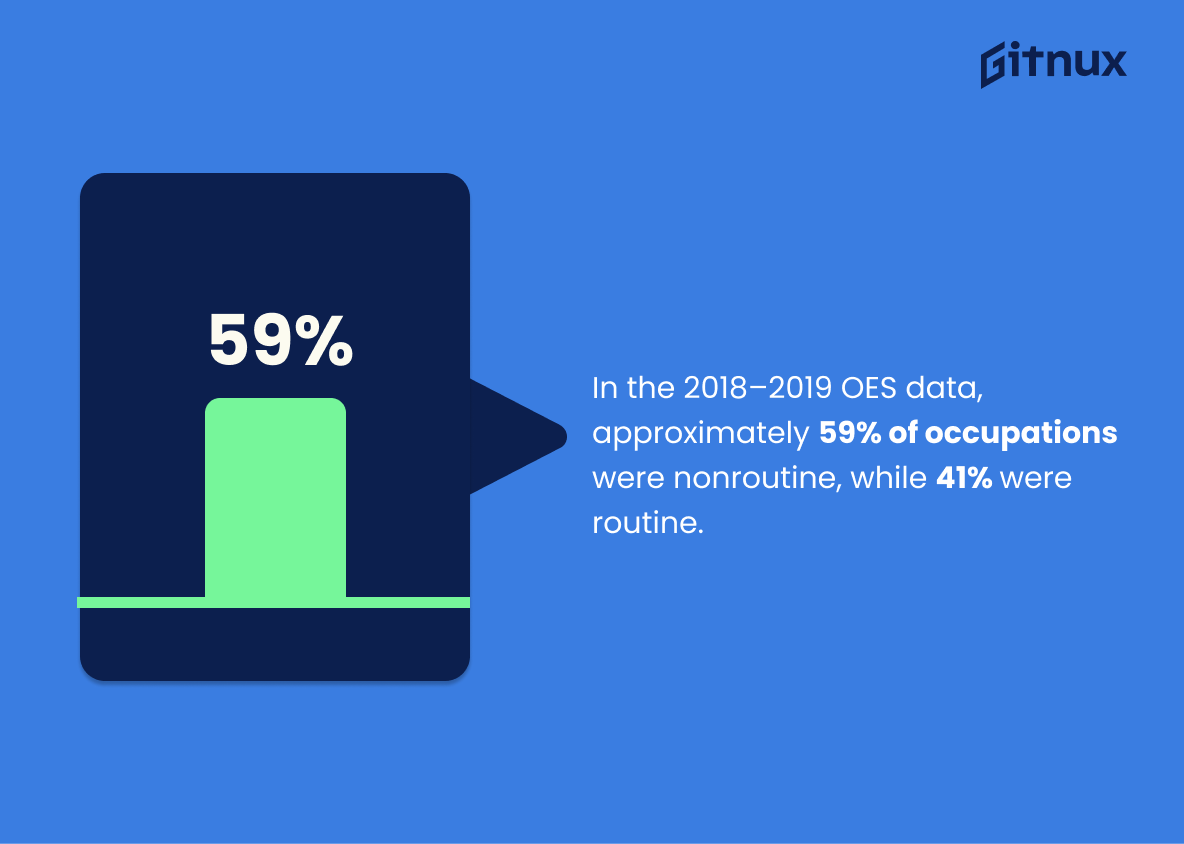The Occupation Employment Statistics provide a comprehensive overview of the employment landscape in the United States and around the world. From healthcare to retail sales, from union membership to self-employment rates, these statistics offer valuable insights into how people are employed across different sectors and industries. This blog post will explore 20 key facts about occupation employment statistics that can help us better understand our current labor market.
This statistic is a powerful indicator of the current state of the U.S. labor market. It provides insight into the number of people who are employed and the types of jobs they are doing. This information can be used to assess the health of the economy, the availability of jobs, and the overall job satisfaction of the workforce. It can also be used to inform policy decisions and to identify areas of potential growth or decline. In short, this statistic is an invaluable resource for understanding the current state of the U.S. labor market.
In 2019, the median annual wage for all workers was $39,810.
This statistic is a powerful indicator of the current state of the job market. It provides insight into the average salary of all workers, which can be used to compare the wages of different occupations and industries. This information can be used to inform decisions about career paths and job opportunities, as well as to identify potential areas of wage inequality. It is also a useful tool for policy makers to assess the economic health of the nation.
Occupation Employment Statistics Overview
As of June 2021, the largest employment sector in the U.S. was healthcare and social assistance with about 20.66 million employees.
This statistic is a telling indication of the importance of healthcare and social assistance in the U.S. economy. With over 20 million employees, it is the largest employment sector in the country, highlighting the need for a strong healthcare system and social services. This data can be used to inform a blog post about Occupation Employment Statistics, providing readers with a comprehensive overview of the current job market.
In 2020, women made up 46.8% of the workforce in the U.S.
This statistic is a powerful reminder of the progress that has been made in terms of gender equality in the workforce. It highlights the fact that women are increasingly taking on roles in the workforce that were traditionally held by men, and that they are making up a larger portion of the workforce than ever before. This statistic is an important indicator of the progress that has been made in terms of gender equality in the workplace, and it is a reminder that there is still work to be done in order to ensure that women are given equal opportunities in the workplace.
In 2020, the unemployment rate among people aged 15-24 in the U.S. was 18.7%.
This statistic is a telling indication of the current state of the job market for young people in the U.S. It highlights the need for more employment opportunities for this age group, and serves as a reminder of the importance of Occupation Employment Statistics in understanding the labor market.
In 2019, the U.S. employment projections for 2029 estimated that job growth in healthcare occupations would increase by 15%.
This statistic is a powerful indicator of the future of healthcare occupations in the United States. It shows that the demand for healthcare professionals is expected to grow significantly over the next decade, making it an attractive career option for those looking to enter the field. This data can be used to inform readers of the blog post about Occupation Employment Statistics of the potential opportunities available in the healthcare industry, and the potential for job growth in the years to come.
In 2020, the largest occupation group in the U.S. was retail salespersons, with 4.39 million employees.
This statistic is a telling indication of the current state of the U.S. labor market. It reveals that the largest occupation group in the U.S. is retail salespersons, with 4.39 million employees. This is significant because it shows that the retail industry is a major employer in the U.S., and that it is likely to remain so in the near future. This information is important to consider when discussing Occupation Employment Statistics, as it provides insight into the current job market and the types of jobs that are available.
In 2019, about 15.27% of U.S. workers were part of unions or employee associations.
The statistic that 15.27% of U.S. workers were part of unions or employee associations in 2019 is a telling indication of the importance of organized labor in the American workforce. It highlights the fact that unions and employee associations are still a major force in the labor market, and that their influence is still felt in the workplace. This statistic is especially relevant in the context of Occupation Employment Statistics, as it provides insight into the prevalence of unionized labor in different occupations and industries. It also provides a glimpse into the power dynamics between employers and employees, and how unions and employee associations can help to level the playing field.
In 2019, more than one-third of the global workforce was in agriculture.
This statistic is a powerful reminder of the importance of agriculture in the global economy. It highlights the fact that despite the advances in technology and the growth of other industries, agriculture remains a major source of employment for people around the world. It also serves as a reminder of the need to ensure that agricultural workers have access to decent wages and working conditions, as well as the resources they need to produce food for the world.
In April 2021, professionals in the transportation and utilities industry accounted for 7.7% of total employment in the United States.
The transportation and utilities industry’s 7.7% share of total employment in the United States in April 2021 is a telling statistic that speaks volumes about the importance of this sector in the American economy. It highlights the fact that this industry is a major employer, providing jobs to millions of people across the country. This data is essential for understanding the current state of the labor market and can be used to inform policy decisions and strategies for economic growth.
Between 2019 and 2029, the occupation expected to add the most jobs is home health and personal care aides, with an expected growth rate of 33.6%.
This statistic is a powerful indicator of the future of the job market, as it shows that home health and personal care aides are expected to experience the highest rate of job growth in the next decade. This is significant for anyone interested in Occupation Employment Statistics, as it provides insight into the types of jobs that will be in high demand in the coming years.
In 2020, the self-employment rate in the United States was 10.09%.
The self-employment rate in the United States in 2020 is a telling statistic that speaks volumes about the current state of the job market. It indicates that a significant portion of the population is relying on their own resources to make a living, which could be a sign of a struggling economy or a lack of job opportunities. This statistic is an important piece of information to consider when discussing Occupation Employment Statistics, as it provides insight into the current job landscape and the challenges that many individuals are facing.
In 2020, the average employment duration in the European Union was 6.1 years.
The average employment duration in the European Union in 2020 provides a valuable insight into the current state of the job market. It can be used to gauge the stability of the job market, as well as the average length of time that people are staying in their jobs. This information can be used to inform decisions about career paths, job security, and the overall health of the job market. Additionally, this statistic can be used to compare the job market in the European Union to other regions, providing a valuable comparison point for those looking to make decisions about their career.
In 2020, the employment rate decreased to 63.3% in the G20 area.
The 2020 G20 employment rate of 63.3% is a stark reminder of the economic impact of the pandemic. This statistic serves as a reminder of the importance of Occupation Employment Statistics in understanding the current state of the labor market and the potential for future growth. It is a key indicator of the health of the global economy and provides valuable insight into the current job market.
In 2020, the country with the highest percentage of employed population aged 15 and over was Madagascar, with a 87.7% employment rate.
This statistic is a powerful indicator of Madagascar’s economic success, as it demonstrates that the majority of the population aged 15 and over is employed. This is an important statistic to consider when discussing Occupation Employment Statistics, as it provides insight into the country’s job market and the opportunities available to its citizens.
About 59% of the occupations in the 2018–2019 OES data are considered nonroutine, compared with about 41% that are considered routine.
This statistic is significant in the context of Occupation Employment Statistics because it highlights the changing nature of the job market. It shows that the majority of occupations are now nonroutine, indicating that the workforce is shifting away from traditional, repetitive roles and towards more creative and innovative positions. This shift has implications for the future of the job market, and understanding the current trends can help employers and job seekers alike to make informed decisions about their career paths.
In 2021, the Netherlands had the highest share of part-time employees with 46.6% working part-time.
The Netherlands’ high share of part-time employees in 2021 is a telling statistic that speaks to the country’s commitment to providing flexible work opportunities. This is especially important in today’s world, where many people are looking for ways to balance their work and personal lives. By having such a high percentage of part-time employees, the Netherlands is demonstrating that it is possible to have a successful career while still having time for family and other pursuits. This statistic is a reminder that it is possible to have a successful career without sacrificing your personal life.
In 2019, 41.3% of agricultural workers were female worldwide.
This statistic is a powerful indicator of the progress made in gender equality in the agricultural sector. It shows that women are increasingly taking on roles in the agricultural industry, which is traditionally dominated by men. This statistic is important to consider when discussing Occupation Employment Statistics, as it provides insight into the changing dynamics of the workforce and the opportunities available to women in the agricultural sector.
In 2019, employment in the U.S. solar industry decreased by about 2.3%, resulting in a total of 239,034 solar industry jobs.
This statistic is a telling indication of the state of the U.S. solar industry. It shows that despite the growth of the industry in recent years, there has been a slight decrease in employment in 2019. This is an important piece of information for readers of the blog post to consider when looking at Occupation Employment Statistics, as it provides insight into the current state of the industry and how it may be affecting job opportunities.
In 2019, nearly 56 million people were employed in the European Union’s cultural and creative sectors.
The statistic that nearly 56 million people were employed in the European Union’s cultural and creative sectors in 2019 is a powerful reminder of the importance of these industries in the region. It highlights the sheer number of people who rely on these sectors for their livelihoods, and the impact they have on the economy. This statistic is a valuable insight into the current state of the job market in the EU, and provides a useful benchmark for tracking changes in the future.
Conclusion
The data presented in this blog post paints a comprehensive picture of the current state of employment across the United States and around the world. From healthcare to retail sales, from union membership to self-employment rates, it is clear that there are many different factors at play when considering occupation statistics.
Additionally, we can see how certain sectors have been affected by recent events such as COVID-19 or changes in technology over time. It is also evident that gender plays an important role in determining who has access to jobs and what kind of wages they receive for their work. Finally, these figures demonstrate just how diverse our global workforce truly is – with people employed all over the world doing a variety of tasks ranging from agriculture to creative industries.
References
0. – https://www.www.bls.gov
1. – https://www.stats.oecd.org
2. – https://www.www.thesolarfoundation.org
3. – https://www.research.stlouisfed.org
4. – https://www.www.statista.com
5. – https://www.ourworldindata.org
6. – https://www.www.eurofound.europa.eu
7. – https://www.www.clevelandfed.org
